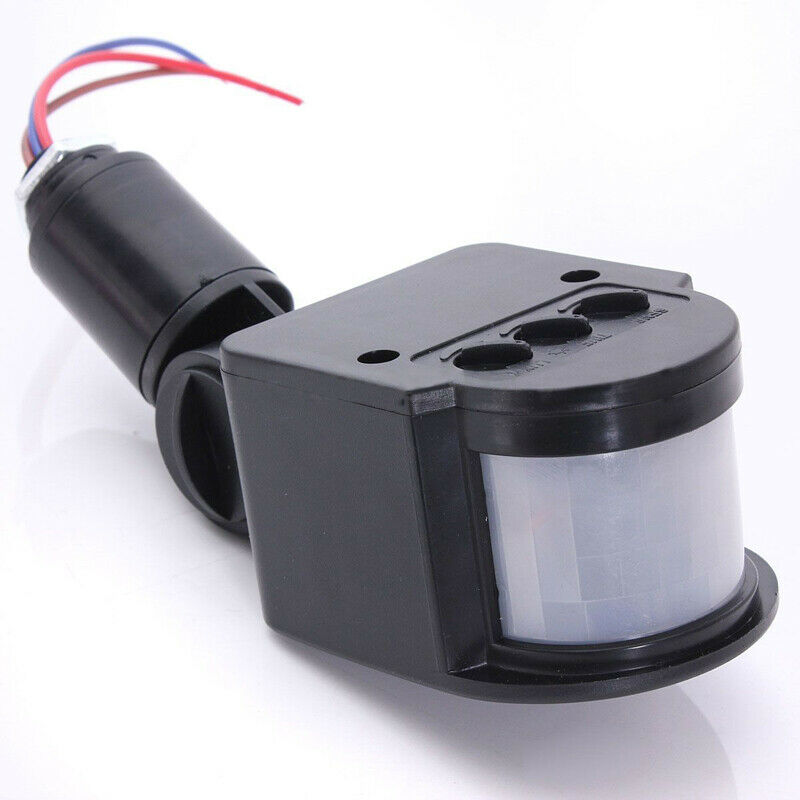Click here and press the right key for the next slide.
(This may not work on mobile or ipad. You can try using chrome or firefox, but even that may fail. Sorry.)
also ...
Press the left key to go backwards (or swipe right)
Press n to toggle whether notes are shown (or add '?notes' to the url before the #)
Press m or double tap to slide thumbnails (menu)
Press ? at any time to show the keyboard shortcuts
Moral Intuitions and an Affect Heuristic
Q1. How, if at all, do emotions influence moral intutions?
Q2. What do adult humans compute that enables their moral intuitions to track moral attributes (such as wrongness)?
Hypothesis
They rely on the ‘affect heuristic’: ‘if thinking about an act [...] makes you feel bad [...], then judge that it is morally wrong’.
Sinnott-Armstrong et al, 2010

What do adult humans compute that enables their moral intuitions to track moral attributes (such as wrongness)?
Hypothesis:
They rely on the ‘affect heuristic’: ‘if thinking about an act [...] makes you feel bad [...], then judge that it is morally wrong’.
Sinnott-Armstrong et al, 2010
What do adult humans compute that enables their intuitions to track toxicity?
| device | What is tracked? | What is computed? |
| motion sensor | human movement | infared energy |
| poison detector | toxicity | how encountering it makes me feel |
| moral intuition | right and wrong | how it makes me feel |
Q1. Do emotions influence moral intutions?
Q2. What do adult humans compute that enables their moral intuitions to track moral attributes (such as wrongness)?
Hypothesis [re Q2 & Q1]:
They rely on the ‘affect heuristic’: ‘if thinking about an act [...] makes you feel bad [...], then judge that it is morally wrong’.
Sinnott-Armstrong et al, 2010
What evidence could bear on the issue?